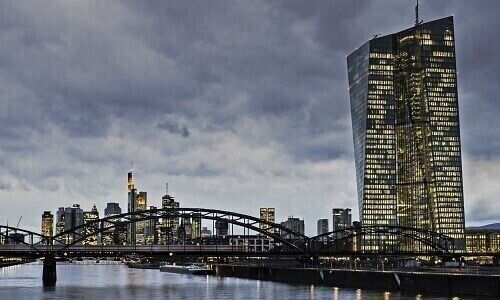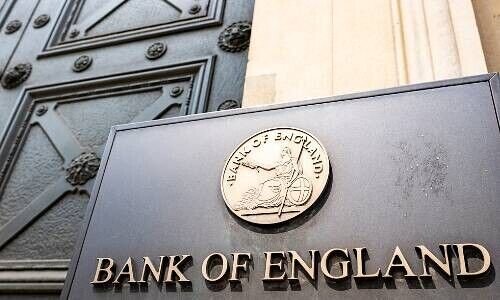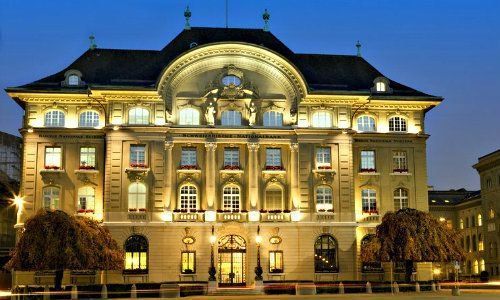Central banks managed to brake inflation by raising interest rates, but little more. They, and the Swiss National Bank, are at a turning point.
Economists believe that the US Federal Reserve (Fed) will only throttle down the pace of interest rate hikes when the labor market and the economy show clear signs of cooling off. At the meeting in July, the American central bankers did not clearly indicate whether they were leaning towards another large 75 basis point increase or a more moderated 50 basis point one.
Nor did the minutes released earlier this week from the meeting show any clear trends. But subsequent economic data, which indicate a slight easing in the American labor market, prompted a rise in equity prices. Much of that was in the hope that the Fed would soon need to slow its tightening momentum.
Expert Warnings
But the key driver for that are both Gross Domestic Product (GDP) and inflation figures. Although price pressures have eased somewhat, many experts are warning that this could simply be due to the summer break.
The expectation is that the Fed will only slow things down when it sees clearer indications that the economy is cooling off, with the next Fed meeting and decision set for 21 September 2022.
Meeting by Meeting

(Image: Shutterstock)
That, and the European Central Bank (image above) meeting on 8 September, all take place before the Swiss National Bank meets on 22 September. The ECB's head Isabel Schnabel told «Reuters» what she believes the picture is currently like.
«In July we decided to raise rates by 50 basis points because we were concerned about the inflation outlook. The concerns we had in July have not been alleviated...I do not think this outlook has changed fundamentally», she said in an interview. The ECB is currently looking at the situation from meeting to meeting on the basis of incoming data. Even a recession is not likely to put a damper on high inflation, she warned.
The market took her comments as meaning that a further 50 basis point hike is on the cards. Until now, most observers had assumed there would be a 25 to 50 hike on the way.
Negative Rates
The SNB likely looked very closely at the market reaction to its interest rate increase in mid June, in particular, the strengthening of the franc against the euro. Since then, the euro has fallen to a record low of 0.96 francs.
It is still unclear whether the SNB will take a large or a small step at the next meeting. The question, however, is a decisive one, as it could mean the end of negative interest rates. The key drivers behind any decision will be August economic data on inflation, economic growth, and the labor market.
The strength of the franc has undoubtedly buffered the impact of rising import prices. Inflation in Switzerland was relatively modest at 3.4 percent in July but it is still above the SNB's stated price stability bracket which lies between 0 and 2 percent.
Under Fire

(Image: Shutterstock)
The Bank of England (image above) remains on track with its stiff tightening cycle. The cost of living crisis is a key issue in the UK. For the first time in 40 years, inflation in July increased by double digits, rising to 10.1 percent. Although the British central bank started raising rates in December 2021, it appears that that was already too late for the economy. And that, in itself, is not a great omen for other western central bankers.
Actions Under Review
There has been heavy criticism of the Bank of England's steps. Many observers believe that it underestimated inflation and reacted too late. In particular, it did not expect the job market to stall as it has given fewer people returned to work than expected after the pandemic.
The political contest between prime minister candidates Liz Truss and Rishi Sunak will also have an impact on the central bank. Truss indicated that were she to get the keys to 10 Downing Street there would be a review of the central bank's actions and that it would be given new targets.




































